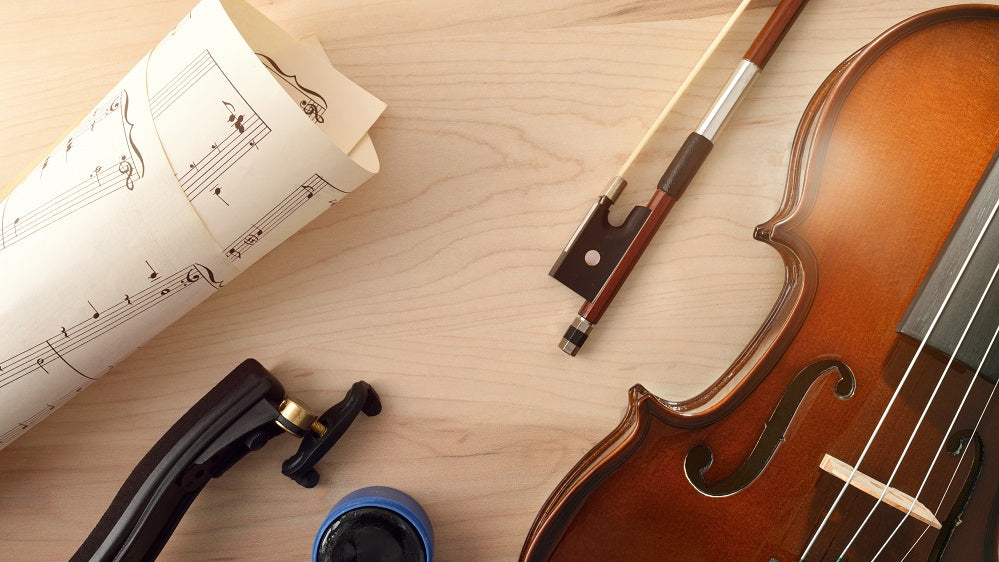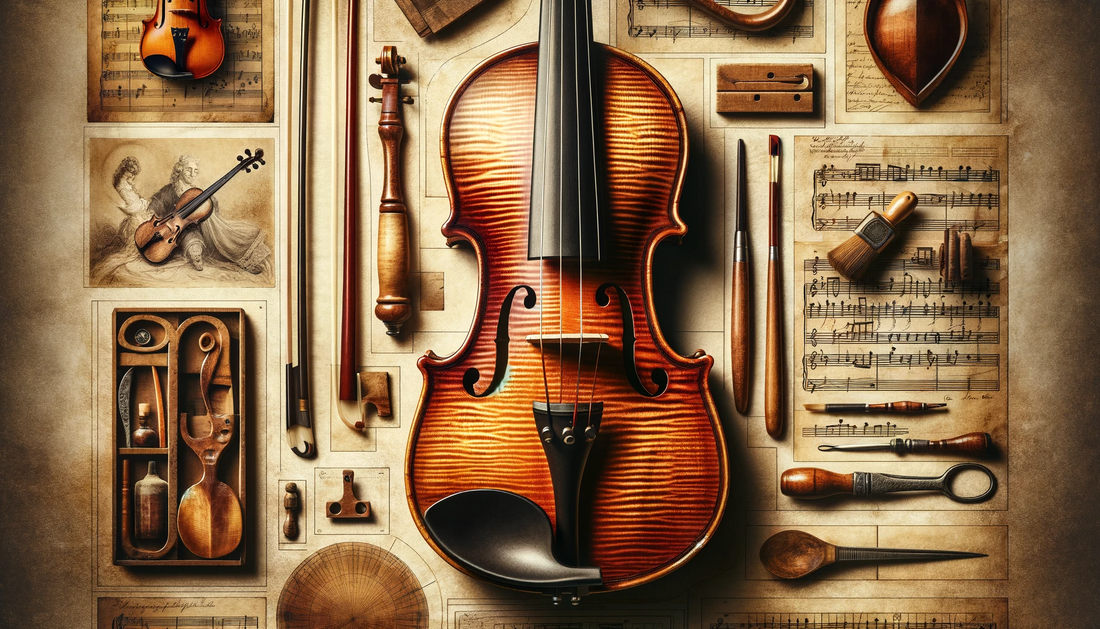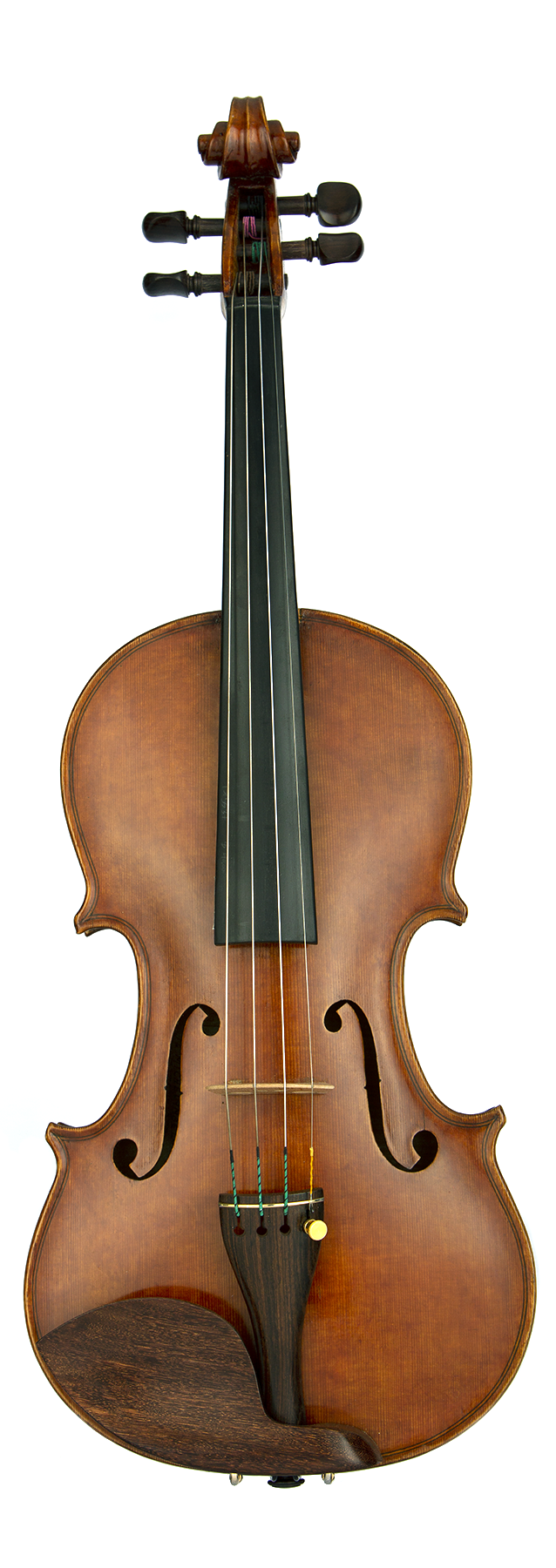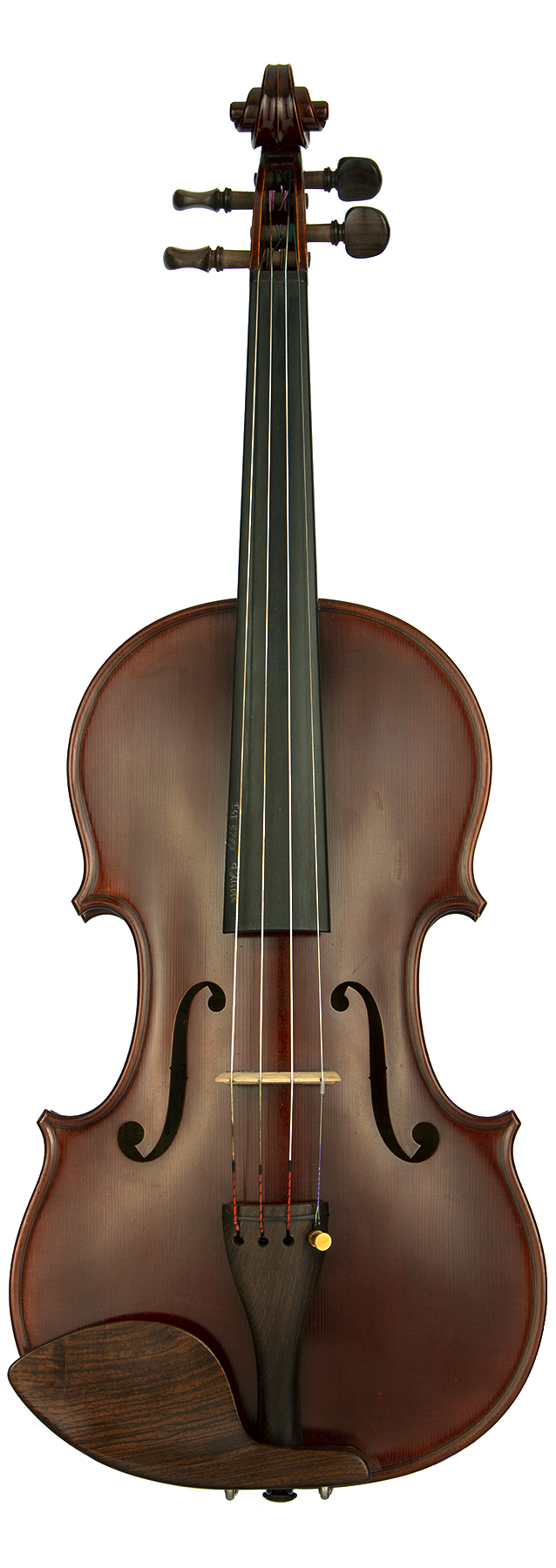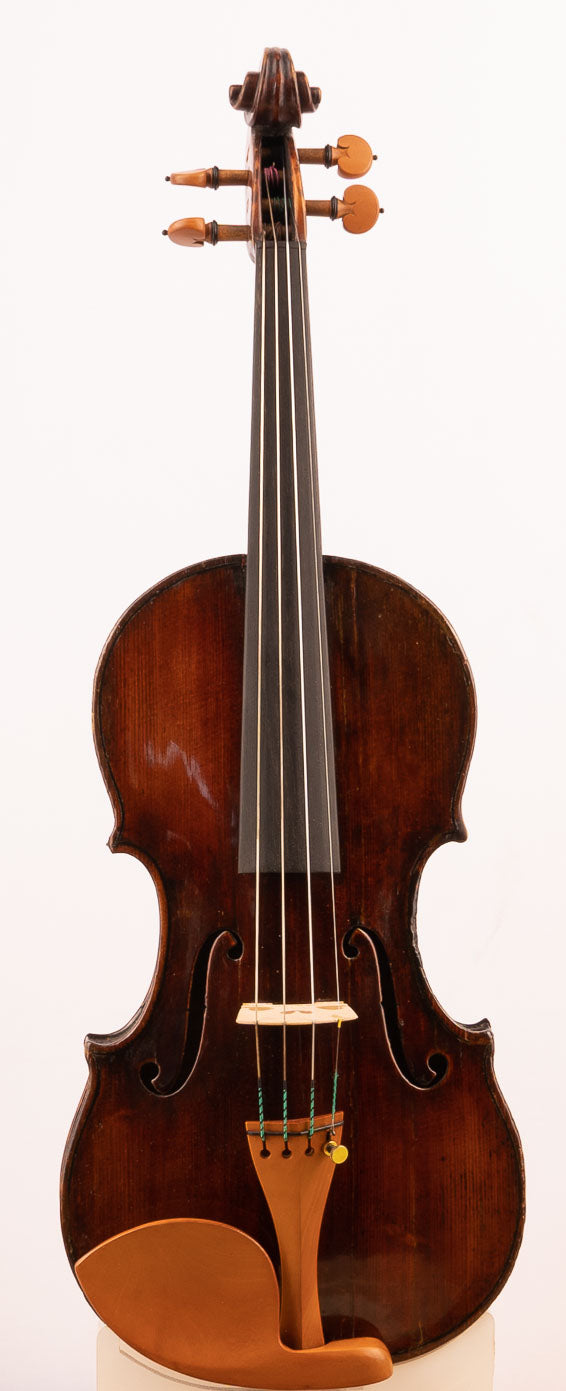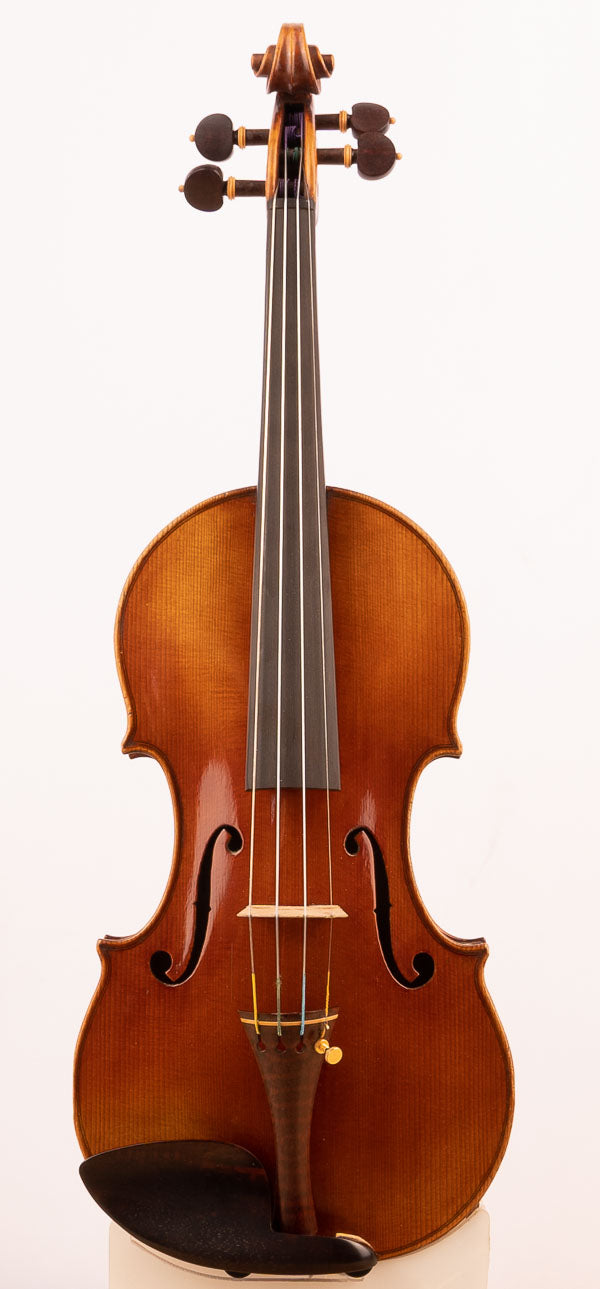In the annals of violin making, few names are as revered as Antonio Stradivari. The Stradivarius violins, crafted in the late 17th and early 18th centuries, are not just instruments but embodiments of artistic perfection and acoustic brilliance. As a violin maker, delving into the world of Stradivari is a journey of discovery, understanding what makes these instruments so special and how they continue to influence the craft of violin making today.
The Mastery of Craftsmanship
Antonio Stradivari's work represents the pinnacle of violin making. His violins are renowned for their unparalleled sound quality and exquisite craftsmanship. The precise techniques Stradivari employed in carving, shaping, and assembling the violins were groundbreaking for his time and continue to influence modern luthiers. According to a study published in the journal Nature (Tai, Stedman, & Bell, 1994), Stradivari's violins showcase a mastery of design and acoustics. His approach to the violin's architecture, specifically the shape and positioning of the f-holes, the choice of wood, and the thickness of the plates, contributed significantly to the instrument's superior sound quality.
Every Stradivarius violin I have had the privilege to examine was a lesson in craftsmanship. The meticulous attention to detail, the graceful curves of the body, and the harmonious proportions speak of a maker who was not just a craftsman but a visionary. Stradivari's ability to visualize the finished instrument in a raw piece of wood and to carve it into an acoustic masterpiece is what sets his work apart.
The Secret of Stradivari's Varnish
The varnish used by Stradivari has been a subject of intrigue and study among violin makers and scientists alike. This varnish is not just about aesthetics; it plays a crucial role in the sound and preservation of the violin. Researchers at the National Museum of History and Technology in Washington, D.C., conducted an analysis of Stradivari's varnish and found that it had a unique composition, different from that used by other violin makers of his time (Barclay, et al., 1986). This special varnish contributed to the aging process of the wood, enhancing the violin's tonal qualities over time.
In my own experience with varnishing techniques, the quest to find a formula that complements the wood's natural resonance without compromising its durability is ongoing. The legacy of Stradivari's varnish is a reminder of the significant role that this aspect of violin making plays in the overall quality of the instrument.
The Stradivarius Sound: A Blend of Science and Art
The sound of a Stradivarius violin is often described as richer, more powerful, and more nuanced than other violins. A study in the journal PNAS (Nagai & Nishino, 2010) suggests that the unique sound of Stradivari's violins may be attributed to the density and structure of the woods he used, which were sourced during a period of unusually cold weather known as the Maunder Minimum. The colder climate produced slower-grown wood with a higher density, which may have contributed to the superior acoustic properties of these instruments.
As a luthier, I've learned that the sound of a violin is the result of a complex interplay of factors, from the wood's density and elasticity to the shape of the body and the quality of the strings. The Stradivarius violins exemplify this intricate balance, achieving a sound that is both powerful and delicate, resonant yet clear.
Stradivari's Legacy in Modern Violin Making
The influence of Stradivari extends far beyond his time. Modern violin makers continue to study his instruments, seeking insights into his techniques and materials. The precision and innovation demonstrated in Stradivari's work have set a standard for violin making that persists to this day. As we incorporate advanced tools and technology into our craft, the principles established by Stradivari remain a foundational guide.
Moreover, Stradivari's work has inspired generations of violin makers to push the boundaries of their craft, to experiment with new materials and techniques while adhering to the high standards he set. His legacy is not just in the instruments he left behind but in the continual evolution and refinement of violin making as an art form.
In Conclusion
The Stradivarius violins stand as a testament to the genius of Antonio Stradivari, a maker whose influence transcends time and continues to shape the world of violin making. They represent the perfect amalgamation of artistry, craftsmanship, and acoustic science. For violin makers, Stradivari's work is a source of endless inspiration, a benchmark of excellence, and a reminder of the heights that human creativity and skill can achieve.
References:
- Tai, H. T., Stedman, T. J., & Bell, J. A. (1994). On the Wood of Stradivarius. Nature, 367(6461), 344.
- Barclay, R., et al. (1986). The 'Ashmolean' Violin of Stradivari. Journal of the American Institute for Conservation, 26(1), 45-56.
- Nagai, H., & Nishino, T. (2010). Unique Wood Properties of Historical Violins Made by Antonio Stradivari and Giuseppe Guarneri. PNAS, 107(52), 22426-22431.
